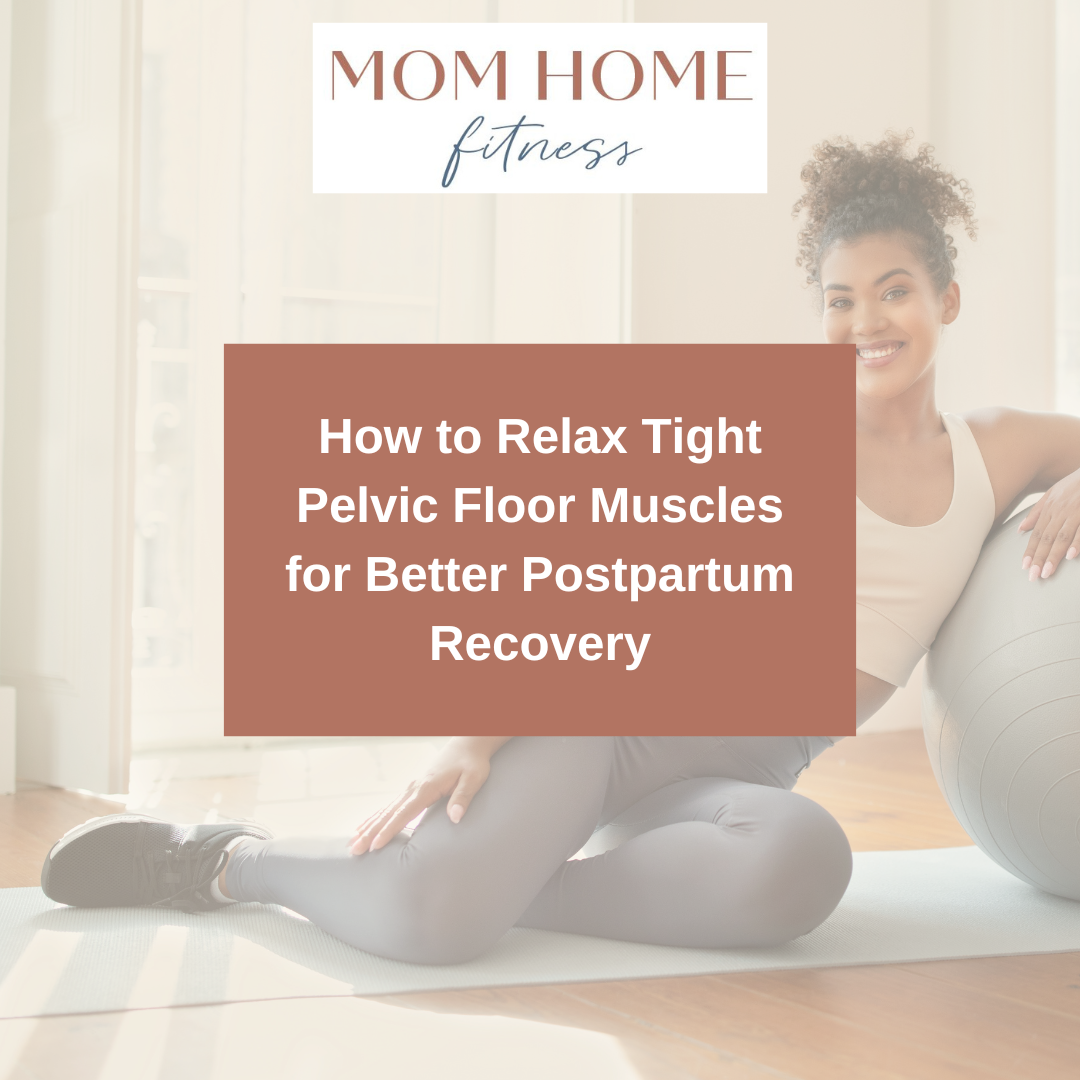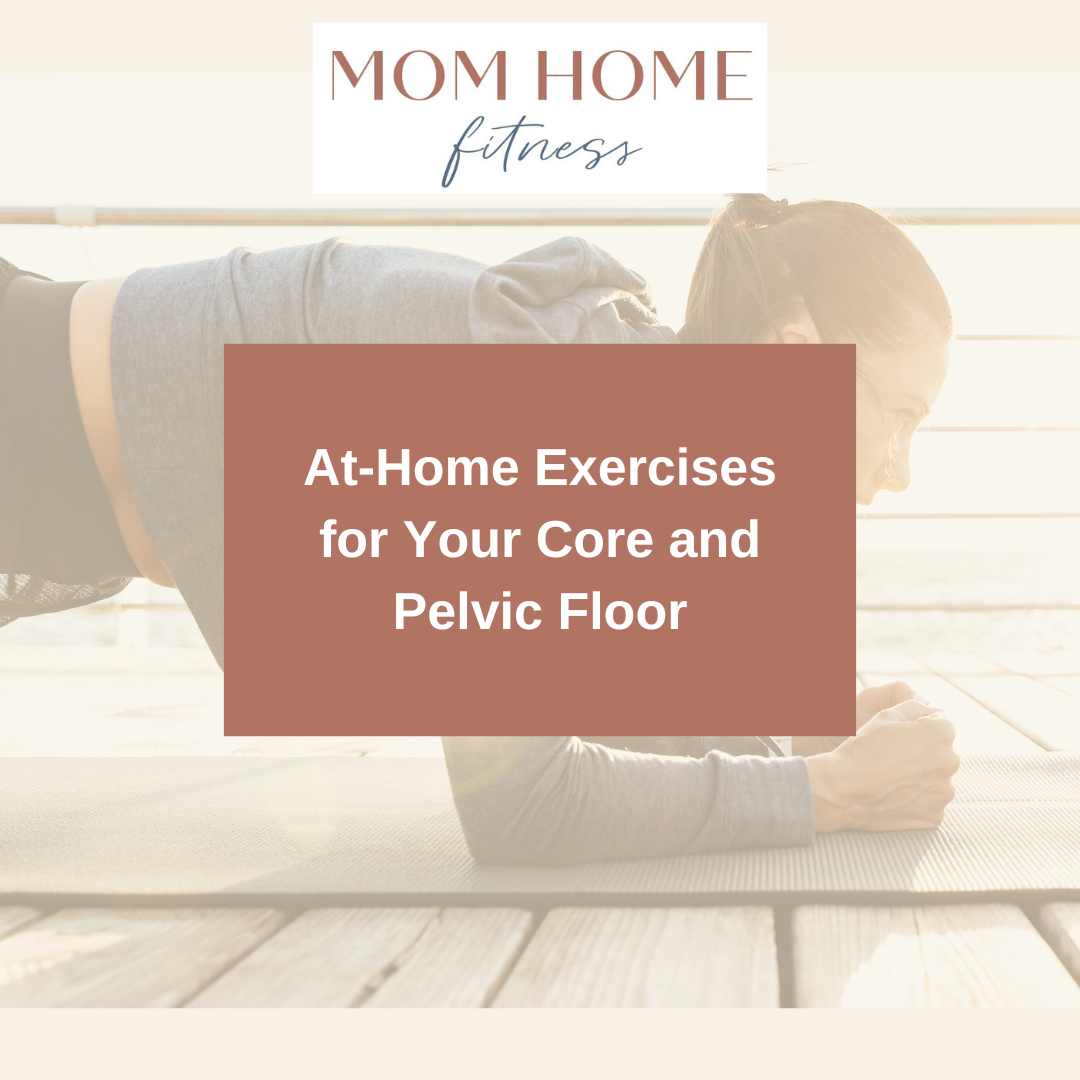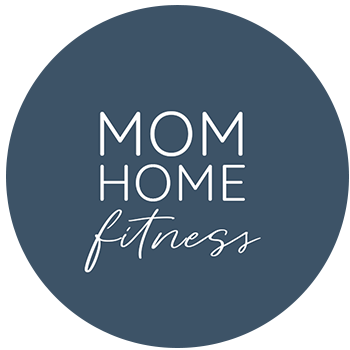

How to Relax Tight Pelvic Floor Muscles for Better Postpartum Recovery
When you relax a weak pelvic floor, you gain awareness of the muscles, making it easier to activate them during strengthening exercises. If your pelvic floor is overly tight, relaxation allows you to lengthen and release tension, so you can strengthen properly without over-tightening.

Breaking the Stress Cycle: A Step-by-Step Guide
Ever feel like stress has taken over your body? That tight jaw, shallow breathing, or nagging pelvic tension might not just be in your head. Stress and your body are deeply connected—but here’s the twist: could your posture and breathing be making your stress worse? Or is stress messing with your posture and breath? It’s a classic chicken-and-egg scenario, and today, we’re diving into the anatomy of stress to find out.

At-Home Exercises for Your Core and Pelvic Floor
In this blog, we'll discuss how breathing and posture are critical to postpartum recovery and outline five essential exercises that support healing and strengthen your core and pelvic floor.

Pelvic Floor Dysfunction and Bladder Incontinence: Causes Beyond Pregnancy
Whether pelvic floor issues are due to trauma, chronic illness, or environmental stress, tailored pelvic floor exercises, stress management, and inflammation reduction through lifestyle changes can help restore function. Understanding the root cause of the dysfunction allows for targeted treatment, improving bladder control and overall pelvic health.

Incontinence and Postpartum Depression: Understanding the Link
Incontinence is more than just a physical issue—it can have a profound impact on your mental health postpartum. Recognizing the possible connection between incontinence and mental health issues like postpartum depression and anxiety is the first step toward healing.

Top 5 Postpartum Exercises to Strengthen Your Pelvic Floor
Proper alignment of the pelvis and rib cage is so important for effective postpartum recovery and core/pelvic floor strengthening. This exercise improves pelvic floor function, supports proper posture and breathing, and is vital to be able to perform while doing any core exercises.

Embracing Your Postpartum Body: A Journey of Self-Love
When you approach fitness with a mindset of self-love, you’re more likely to set realistic goals, enjoy the process, and stay motivated. This approach can help you appreciate the changes in your body while working toward improved strength and health, making your fitness journey so much more rewarding and sustainable.

Finding Your Fitness Routine
A great starting point is to reframe your approach to fitness—initially, focus on simply getting some movement in, rather than aiming for a full workout. This shift in perspective can make it easier to incorporate physical activity into your day without adding unnecessary pressure.

Pelvic Position in Exercise
Working out in optimal alignment not only enhances the effectiveness of exercises but also prevents muscle imbalances that can lead to injuries. In this post, we'll explore the significance of maintaining good posture and pelvic alignment during workouts and provide practical tips to address and correct imbalances.

Postpartum Fitness Kickstart for the New Year!
Relearning or possibly learning how to establish proper breathing and posture for the first time, is one of the best things you can do for your body when you are newly postpartum.

Pelvic Floor Muscles: Weak or Tight?
In our journey to understand pelvic floor dysfunction it is crucial to question preconceived notions and embrace a holistic perspective.

The 20-Minute Workout Secret
The "Check the Box" mindset is about breaking down barriers and prioritizing consistency over intensity. It's the belief that doing something is always better than doing nothing.

Cardio, Weight Lifting, or Both?
Whether you're sprinting on the treadmill, conquering a mountain trail, or bench pressing like a boss, the spice of variety can keep boredom at bay.

Restoring Balance: Correcting Core and Pelvic Floor Muscle Imbalances
As a postpartum corrective exercise personal trainer, I understand the unique challenges that come with rebuilding strength after childbirth. By incorporating targeted exercises and fostering a mind-body connection, you can effectively correct muscle imbalances in the core and pelvic floor.

The Domino Effect: How Stress Impacts Your Jaw, Pelvic Floor, Breath, and Whole Health
Understanding the ripple effect of stress on our jaw, pelvic floor, breath, and whole health is the first step towards proactive self-care. By incorporating stress management techniques into our daily lives, we can break the cycle of tension and create a foundation for holistic health.

Decoding Weight Loss: Insights from an Experienced Personal Trainer
As a personal trainer with a decade of experience, I’ve witnessed the incredible transformations that come from dedication, knowledge and a holistic approach to fitness. In this blog, I’ll share some insights into the weight loss perspective from my years of training, along with an excerpt from my eBook “Getting to the Core of Postpartum Fitness”

Understanding Tight Hip Flexors: A Guide to Relief
The adjustments of good posture are vital in reducing the strain on the hip flexors, encouraging proper breathing patterns, relieving incontinence, healing prolapse, and helping to close or strengthen a diastasis recti.

Getting to the Core of Postpartum Fitness: Regain Bladder Control at Home
By paying attention to your posture, practicing proper breathing techniques, engaging in pelvic floor muscle training, and making positive habit changes, you can regain control of your bladder and improve your pelvic floor health.

Finding Calm Amidst the Holiday Chaos
Whole-body breathing offers a holistic approach to mindfulness and relaxation, allowing you to focus on your breath as a complete, full-body experience. This practice can help you find a sense of calm, even in the midst of holiday chaos.

When to Consult a Specialist for Corrective Exercise and Pelvic Floor Health
Postpartum corrective exercise is a transformative approach for mothers seeking to regain their physical strength and well-being after childbirth. One of its significant benefits is its efficacy in addressing issues such as diastasis recti, pelvic organ prolapse, and bladder function.
Ready to work with me?


